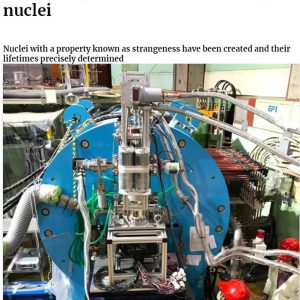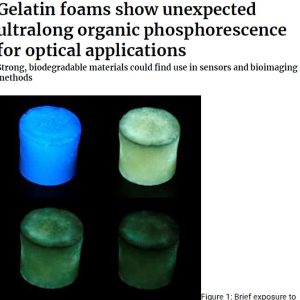
CAVITATION NOISE STUDIES ON MARINE PROPELLERS
₩4,000
Experimental observations are described of cavitation inception and noise from five
model propellers, three basic and two modified, tested in the open jet test section of the
Indian Institute of Science high-speed water tunnel facility. Extensive experiments on the
three basic propellers of different design, which included visualization of cavitation and
measurements of noise, showed that the dominant type of cavitation was in the form of
tip vortex cavitation, accompanied by leading edge suction side sheet cavitation in its
close vicinity, and the resultant noise depended on parameters such as the advance
coefficient, the cavitation number, and the propeller geometry. Of these, advance coefficient
was found to have the maximum influence not only on cavitation noise but also on the
inception of cavitation. Noise levels and frequencies of spectra obtained from all the three
basic propellers at conditions near inception and different advance coefficient values,
when plotted in the normalized form as suggested by Blake, resulted in a universal spectrum
which would be useful for predicting cavitation noise at prototype scales when a limited
extent of cavitation is expected in the same form as observed on the present models. In
an attempt to delay the onset of tip vortex cavitation, the blades of two of the three basic
propellers were modified by drilling small holes in the tip and leading edge areas. Studies
on the modified propellers showed that the effectiveness of the blade modification was
apparently stronger at low advance coefficient values and depended on the blade sectional
profile. Measurements of cavitation noise indicated that the modification also improved
the acoustic performance of the propellers as it resulted in a complete attenuation of the
low-frequency spectral peaks, which were prominent with the basic propellers. In addition
to the above studies, which were conducted under uniform flow conditions, one of the
basic propellers was tested in the simulated wake of a typical single screw ship. The wake
was simulated by using a wire screen technique. Observations of cavitation and measurement
of noise clearly showed that the presence of the wake had a strong influence on the
propeller cavitation and noise performance. Cavitation was found to be of the cloud type,
which generated very intense noise compared to that generated by tip vortex cavitation
along with leading edge suction side sheet cavitation in the uniform flow conditions. The
noise spectra obtained with wake simulation also are presented in a normalized form to
be of general utility.





상품평
아직 상품평이 없습니다.